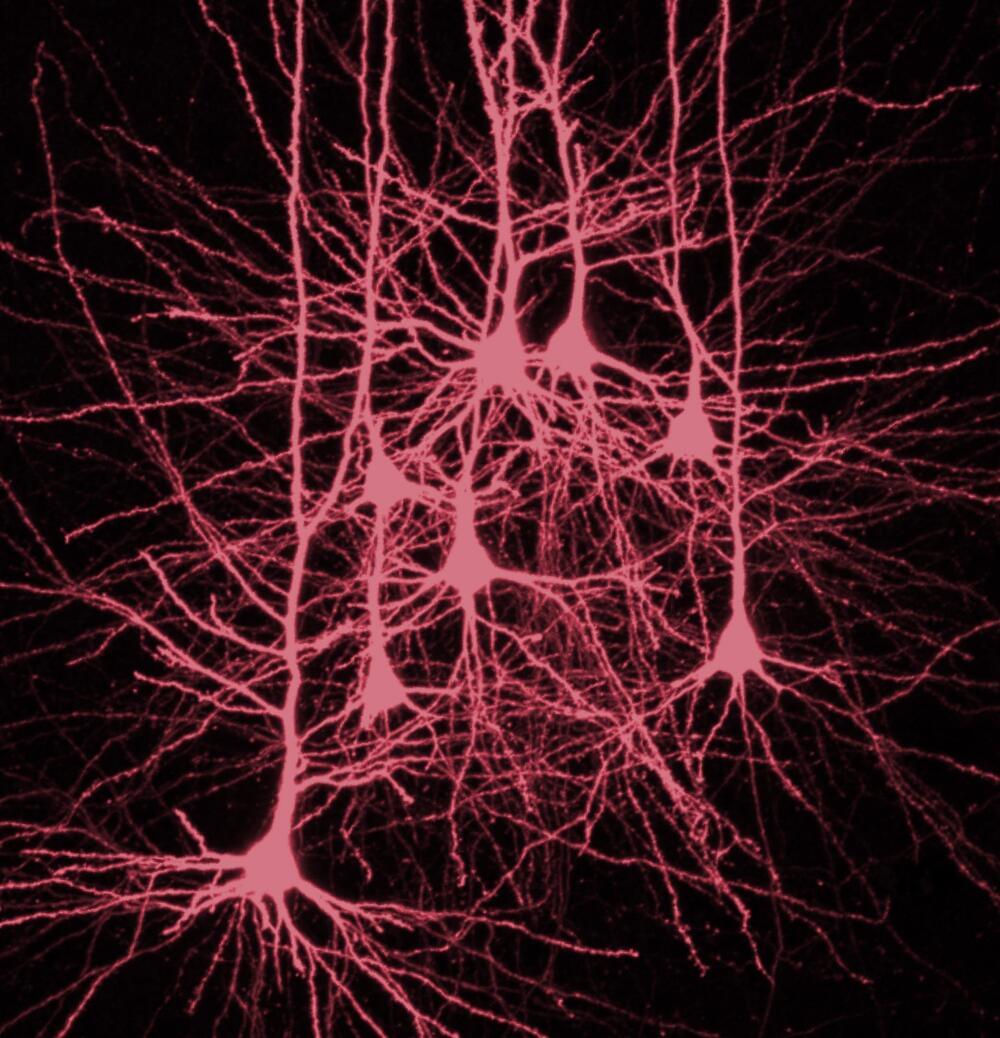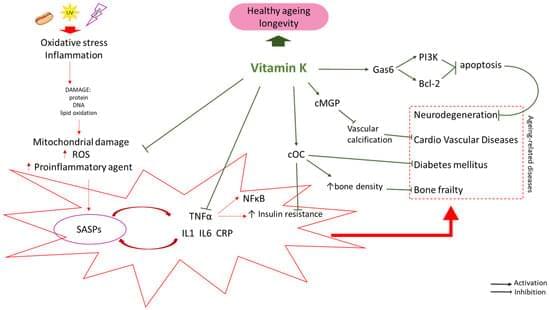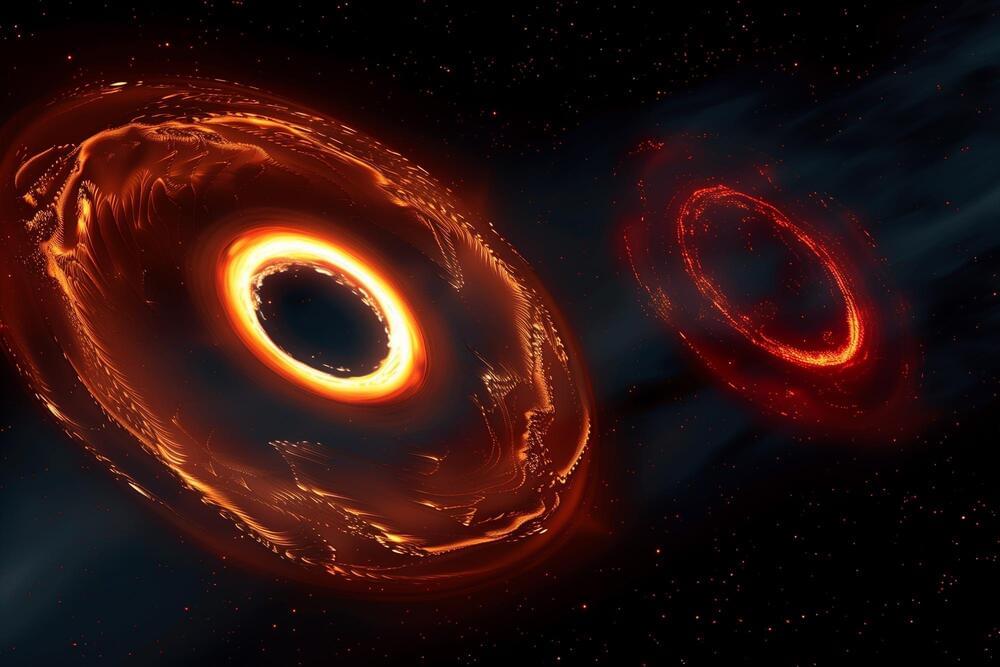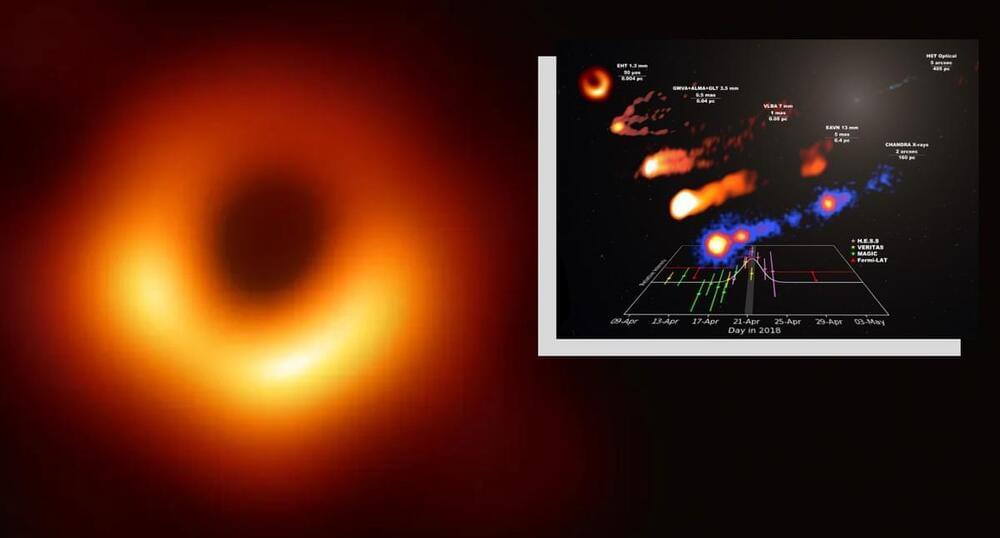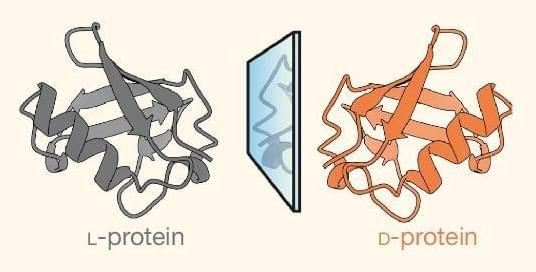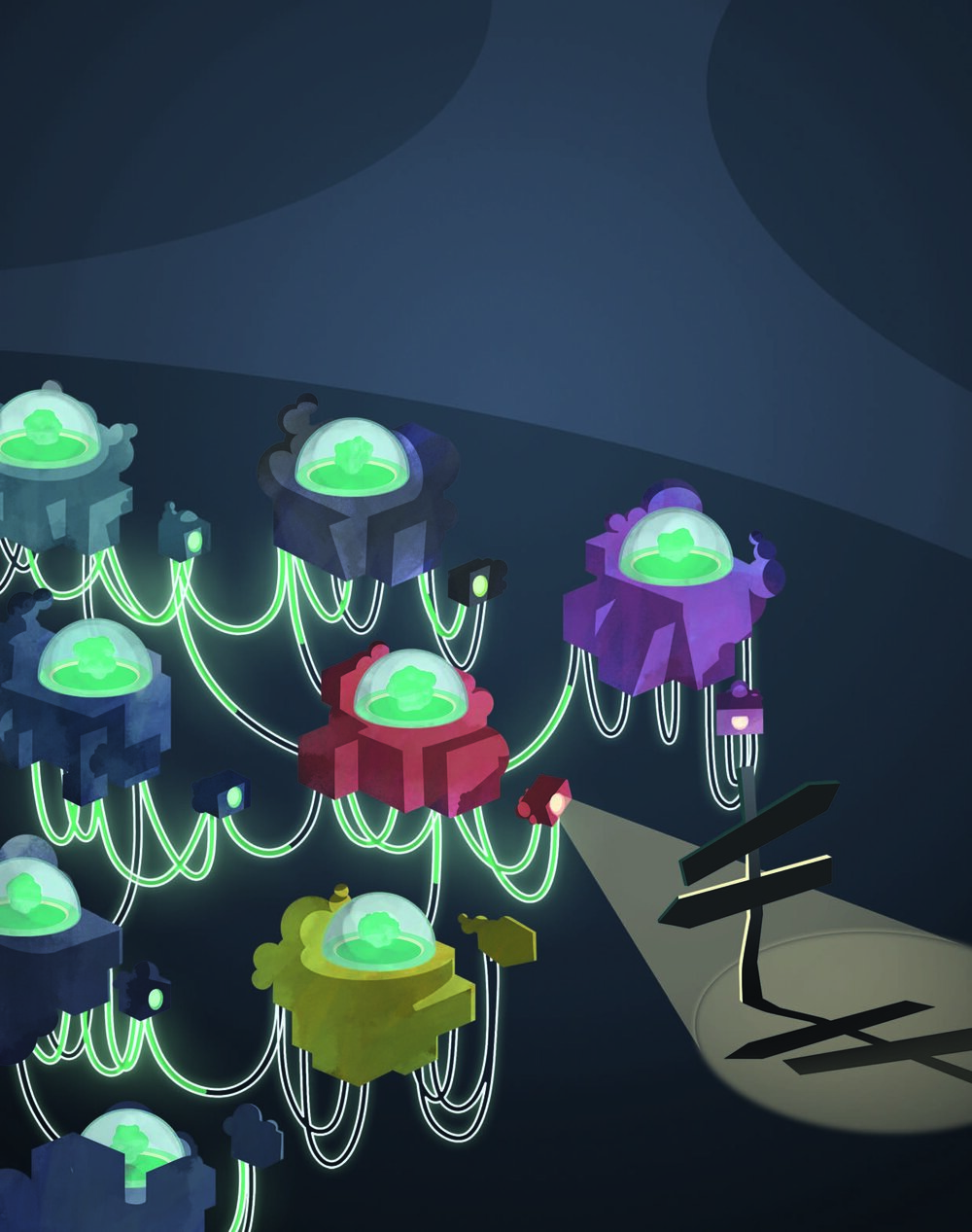Entanglement is perhaps one of the most confusing aspects of quantum mechanics. On its surface, entanglement allows particles to communicate over vast distances instantly, apparently violating the speed of light. But while entangled particles are connected, they don’t necessarily share information between them.
In quantum mechanics, a particle isn’t really a particle. Instead of being a hard, solid, precise point, a particle is really a cloud of fuzzy probabilities, with those probabilities describing where we might find the particle when we go to actually look for it. But until we actually perform a measurement, we can’t exactly know everything we’d like to know about the particle.
These fuzzy probabilities are known as quantum states. In certain circumstances, we can connect two particles in a quantum way, so that a single mathematical equation describes both sets of probabilities simultaneously. When this happens, we say that the particles are entangled.

